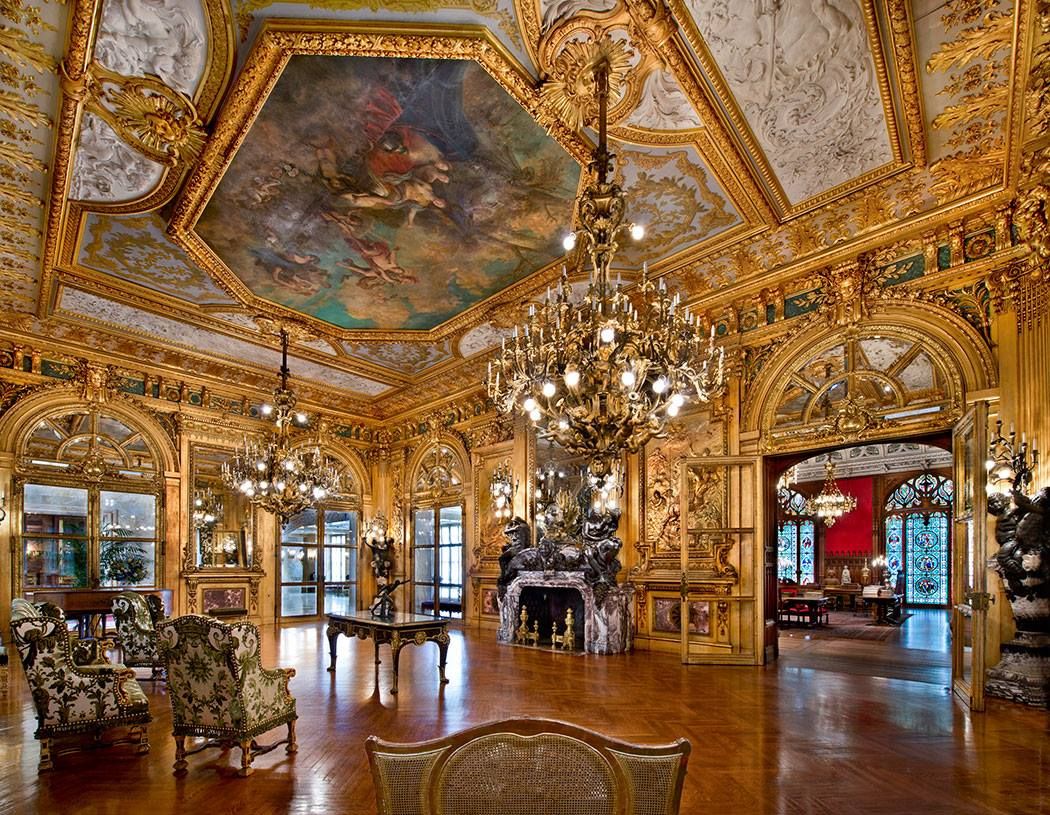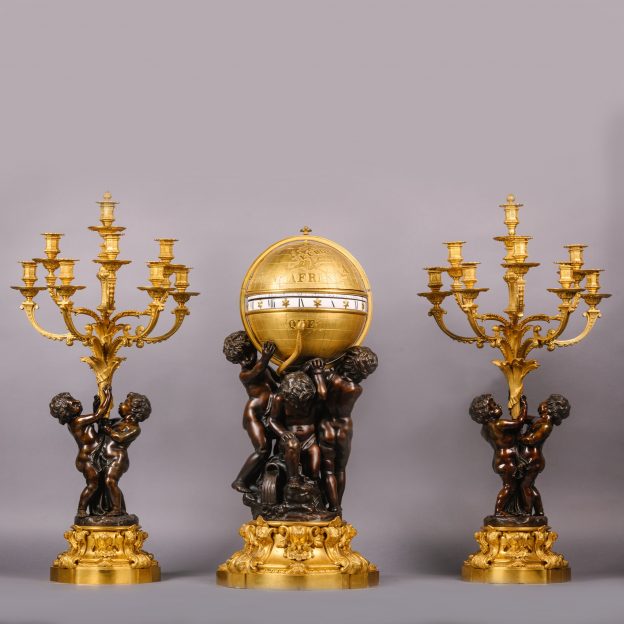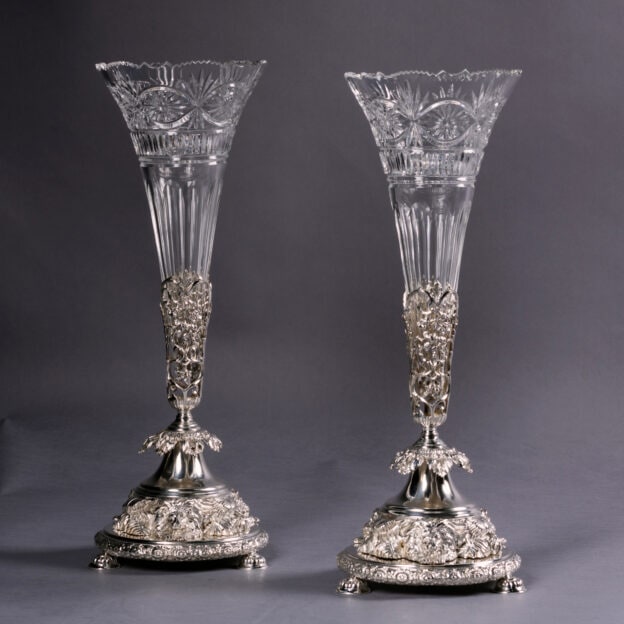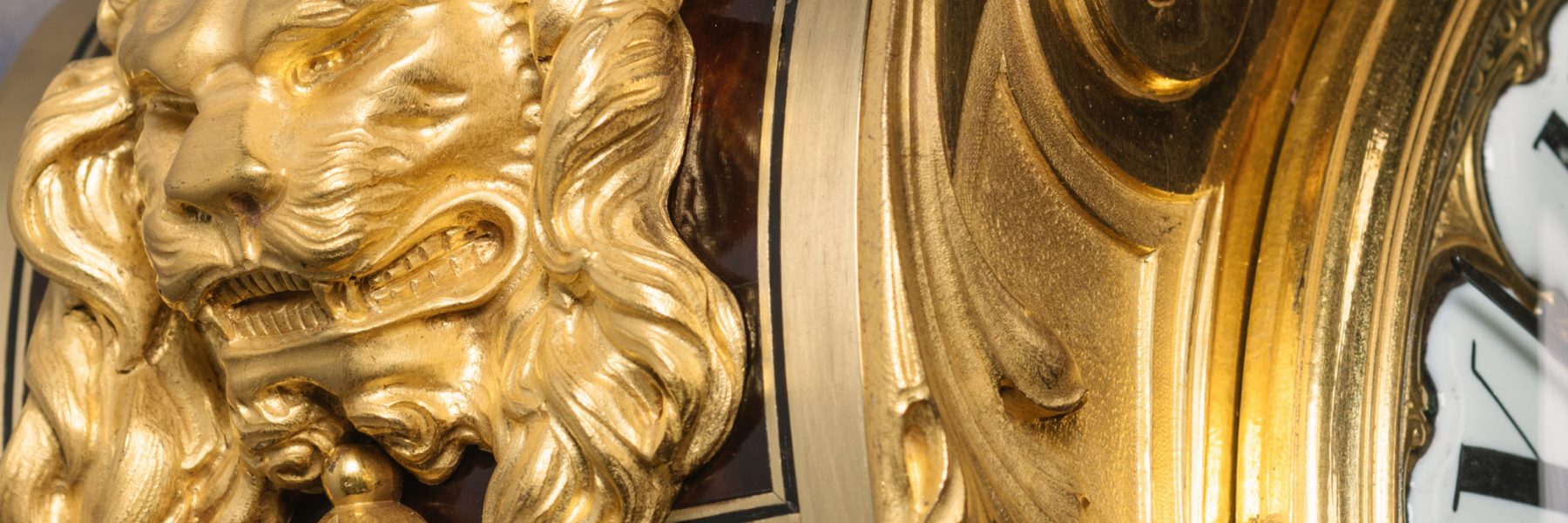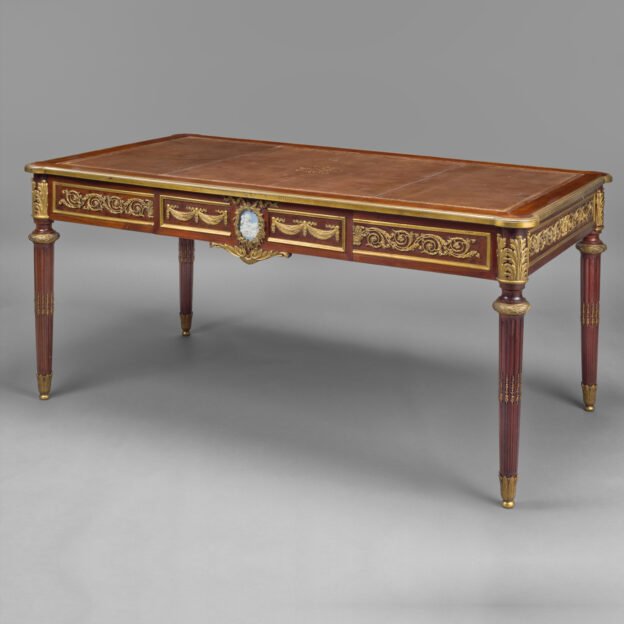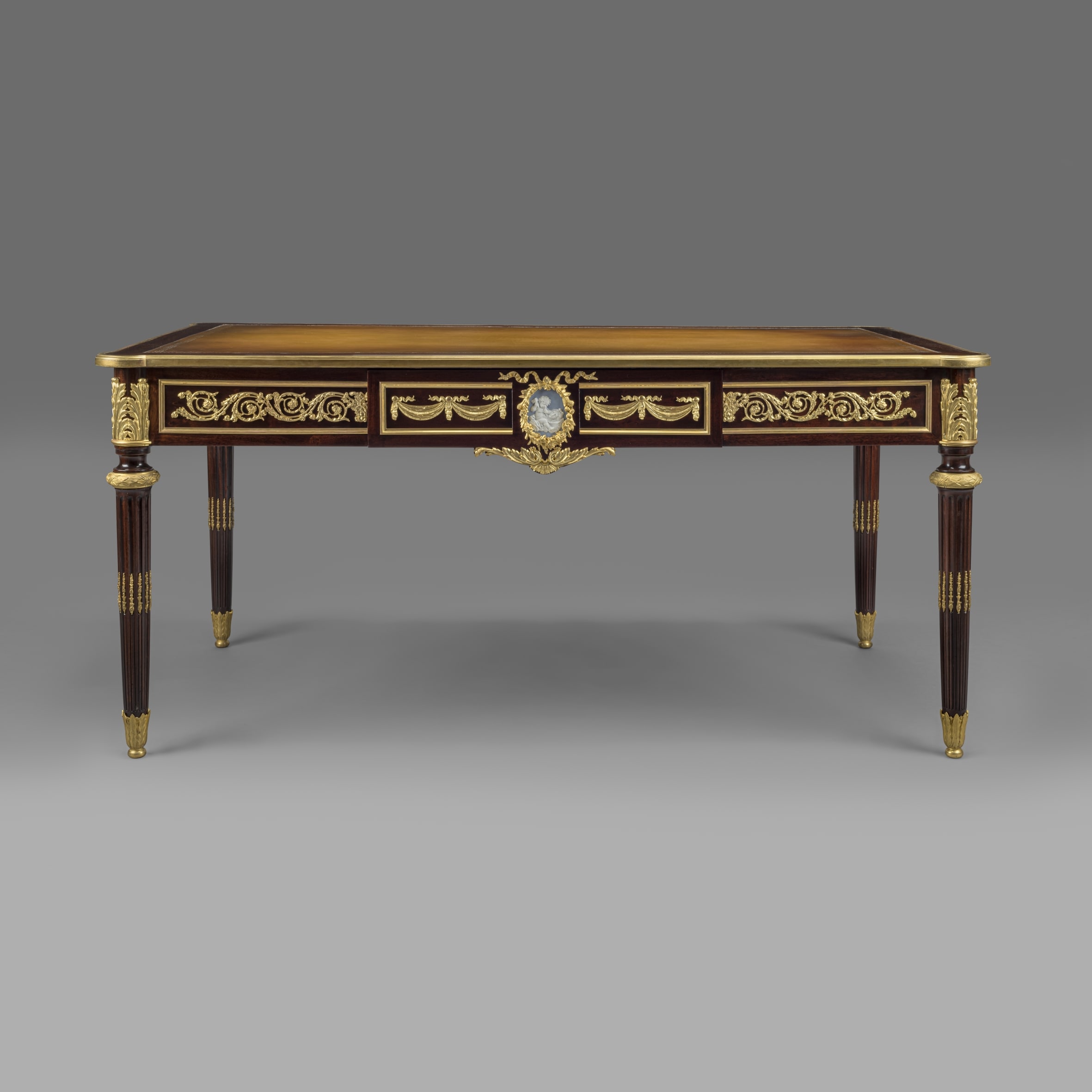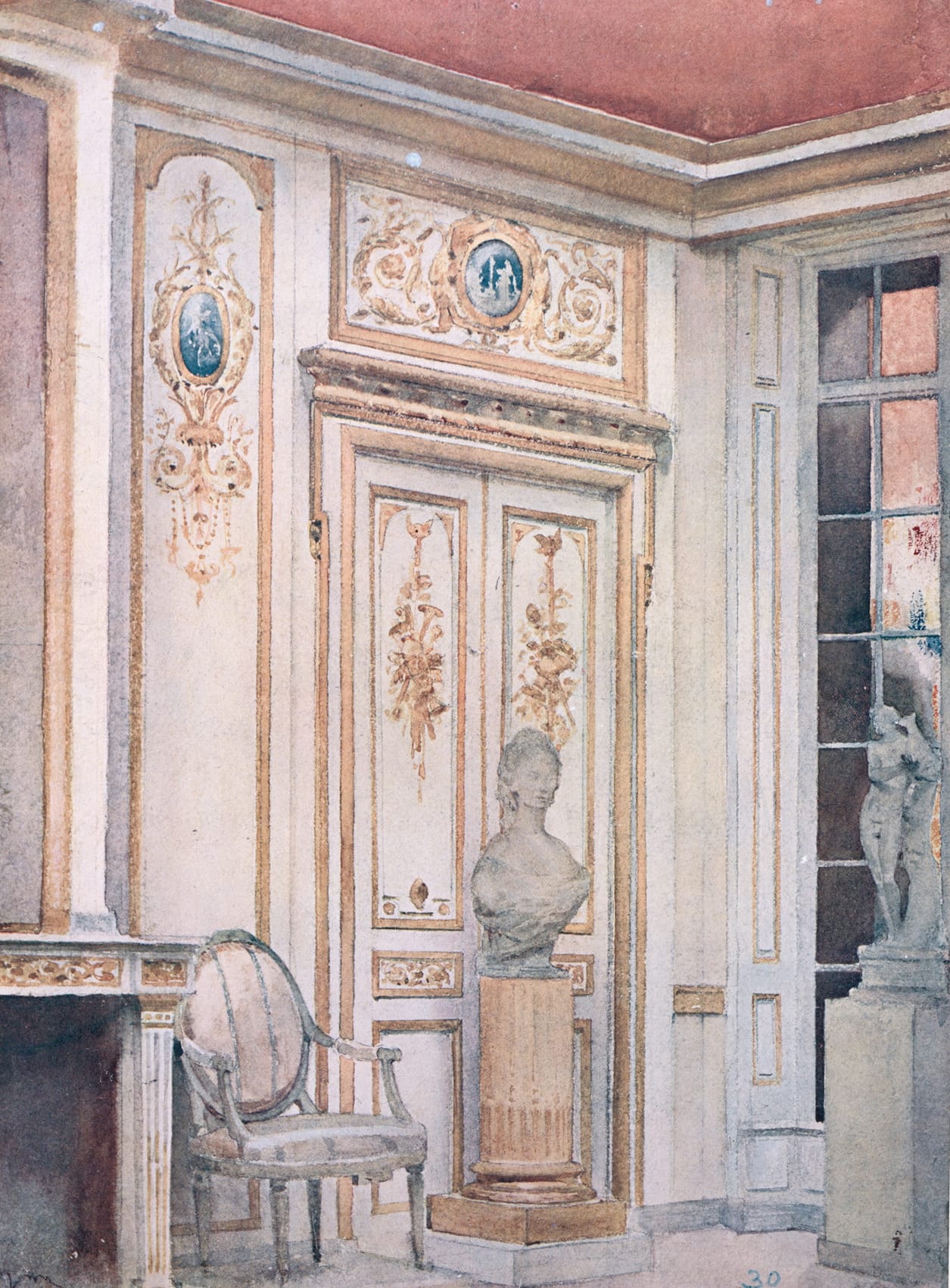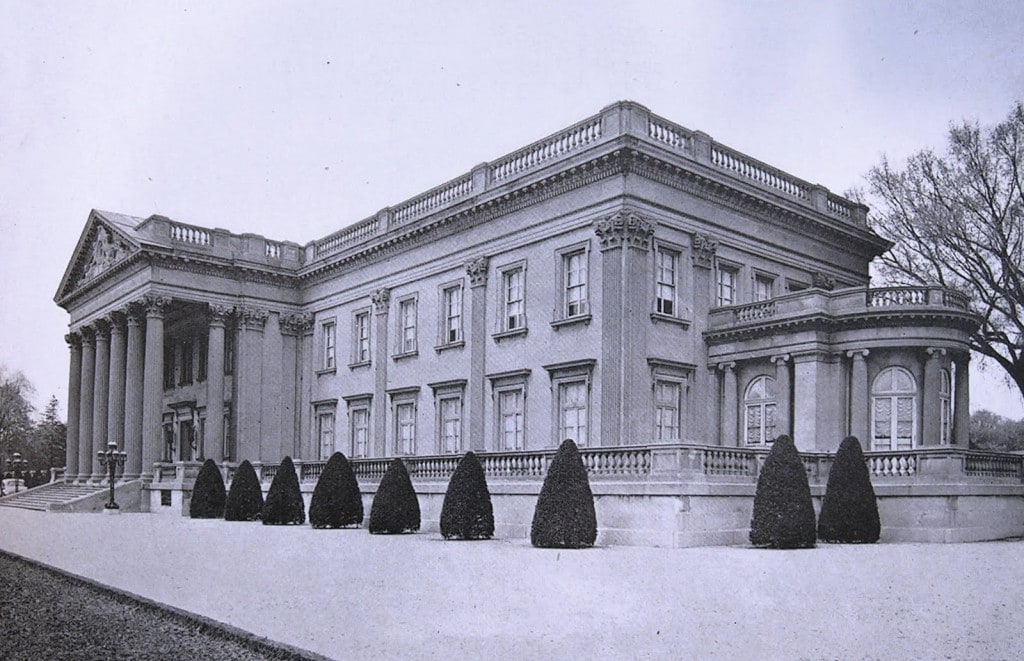
Lynnewood Hall called “the last of the American Versailles” is a 110-room Neoclassical Revival mansion in Elkins Park, Montgomery County, Pennsylvania. Built for the streetcar tycoon and real-estate developer P.A.B Widener (1834–1915), it launched the career of Horace Trumbauer, a prominent American architect of the Gilded Age.
Completed in 1900 it was rumoured to have cost a staggering $8 million dollars, approximately $212 million in today’s money. Widener’s eldest son George died on the sinking of the Titanic, and Lynnewood passed instead to Joseph Widener who added to the extensive and valuable art collection said to be valued at $50 million and included The Small Cowper Madonna by Raphael, a dozen or more works by Rembrandt, as well as those by Johannes Vermeer, Édouard Manet, Pierre-Auguste Renoir and others. Joseph Widener was a founding benefactor of the National Gallery of Art in Washington, D.C. and in 1939 made a vast donation announced by U. S. President Franklin D. Roosevelt at the Gallery’s opening ceremony. Known as the Widener Collection, the more than 2,000 paintings and works of art went on display in 1942.The fine furniture and objects of Lynnewood Hall were sold at auction in 1942, and today sadly Lynnewood faces an uncertain future having long been neglected and fallen into disrepair.
Lynnewood Hall called “the last of the American Versailles” is a 110-room Neoclassical Revival mansion in Elkins Park, Montgomery County, Pennsylvania. Built for the streetcar tycoon and real-estate developer P.A.B Widener (1834–1915), it launched the career of Horace Trumbauer, a prominent American architect of the Gilded Age. Completed in 1900 it was rumoured to have cost a staggering $8 million dollars, approximately $212 million in today’s money. Widener’s eldest son George died on the sinking of the Titanic, and Lynnewood passed instead to Joseph Widener who added to the extensive and valuable art collection said to be valued at $50 million and included The Small Cowper Madonna by Raphael, a dozen or more works by Rembrandt, as well as those by Johannes Vermeer, Édouard Manet, Pierre-Auguste Renoir and others. Joseph Widener was a founding benefactor of the National Gallery of Art in Washington, D.C. and in 1939 made a vast donation announced by U. S. President Franklin D. Roosevelt at the Gallery’s opening ceremony. Known as the Widener Collection, the more than 2,000 paintings and works of art went on display in 1942.The fine furniture and objects of Lynnewood Hall were sold at auction in 1942, and today sadly Lynnewood faces an uncertain future having long been neglected and fallen into disrepair.
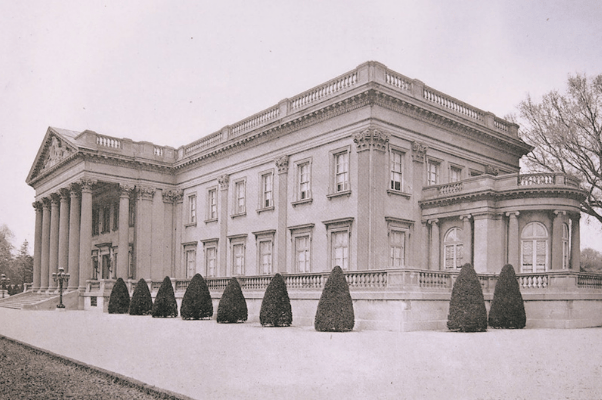
The Gold Room at Marble House, Newport, Rhode Island. Designed by the architect Richard Morris Hunt with interiors by Jules Allard, Marble House was conceived as a ‘temple to the arts’ and built between 1888 and 1892 for William K. Vanderbilt who upon its completion gave it to his wife for her 39th birthday.
William K. Vanderbilt was the grandson of Commodore Cornelius Vanderbilt who founded what was Americas wealthiest family with a fortune made in shipping and railroads. William’s elder brother Cornelius II built another summer house or so called “cottage” nearby in Newport called the Breakers, and their younger brother George created Biltmore, the largest home in the US. What with their no less palatial fifth avenue mansions, the Vanderbilts are indisputably the greatest builders of the Gilded Age
